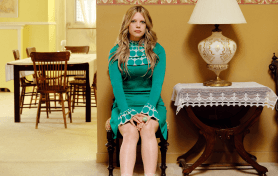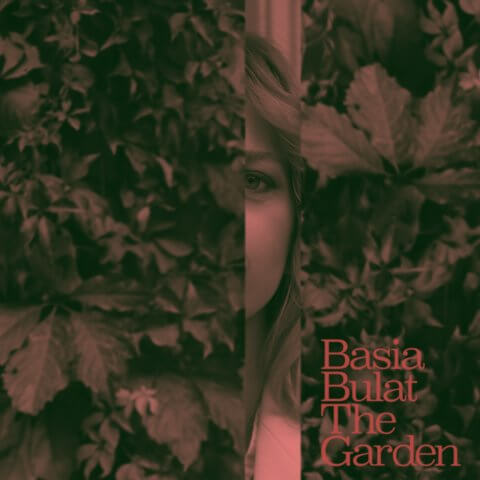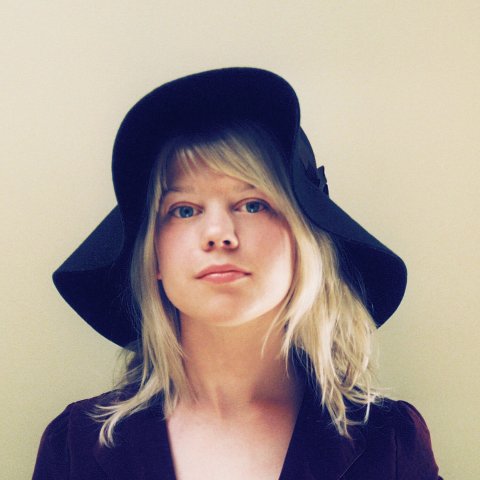Basia Bulat today announced her new album Basia’s Palace–co-produced by frequent collaborator Mark Lawson (who worked with her on previous albums Tall Tall Shadow and The Garden), and mixed by legendary engineer Tucker Martine (Beth Orton, Neko Case, The National) –will be released on February 21, 2025. The Montreal-based artist has also shared the glistening lead single, “Baby,” an elegant dance-inflected track augmented by strings courtesy of GRAMMY-nominated arranger Drew Jurecka (Dua Lipa, Alvvays, Metric). The track showcases the stunning, silvery voice of three-time Polaris Music Prize finalist and five-time JUNO Award nominee Bulat, and arrives alongside a dazzling, one-take video shot on film by director Nora Rosenthal.
Listen to Baby HERE.
Watch the “Baby” video HERE.
“I wrote this song many years ago but never could get the lyrics and performance quite right. I wanted to try it again after becoming a parent–it’s about how we can’t control how or when we’re going to evolve even when we desperately want to. We keep making the same mistakes until we notice a pattern repeating, and even then, change is hard when we have to fully surrender to it. Could I make that predicament something I wanted to dance to? Could I sing the lyrics with joy instead of the sorrow I was channeling in the past?” explains Bulat of “Baby.” “Nothing in my life has made me want to evolve faster, better, stronger than parenthood and the universe keeps throwing that desire back at me with a laugh and a wink, reminding me that things take time and to just love myself for being human. So this song from my past I couldn’t let go of finally made it onto a record–after all the times I tried to get it right I knew I finally had ‘the take’ when my daughter kept asking to hear it again.”
“Basia’s album exists between worlds and between time-scales, referencing her Polish heritage and her dual identities as a singer/songwriter and a mother. These videos emerged in part through conversations we’ve had about the blurred lines that exist between anyone’s senses of self, but especially among performers, as well as our mutual fascination with the objects passed down from generation to generation, and which becomes stand-ins for memory,” says Rosenthal. “The textiles used in ‘Baby,’ for example, belong to Basia’s family. We wanted to build a tiny microcosm of home to exist alongside Basia on stage – three generations of women inhabiting the joy of this song, together.”

























